2019 African Heritage Month Poster
Roll your mouse over the poster image below and click on the images for more information.
2019 Poster
Hover over areas of poster for more information.
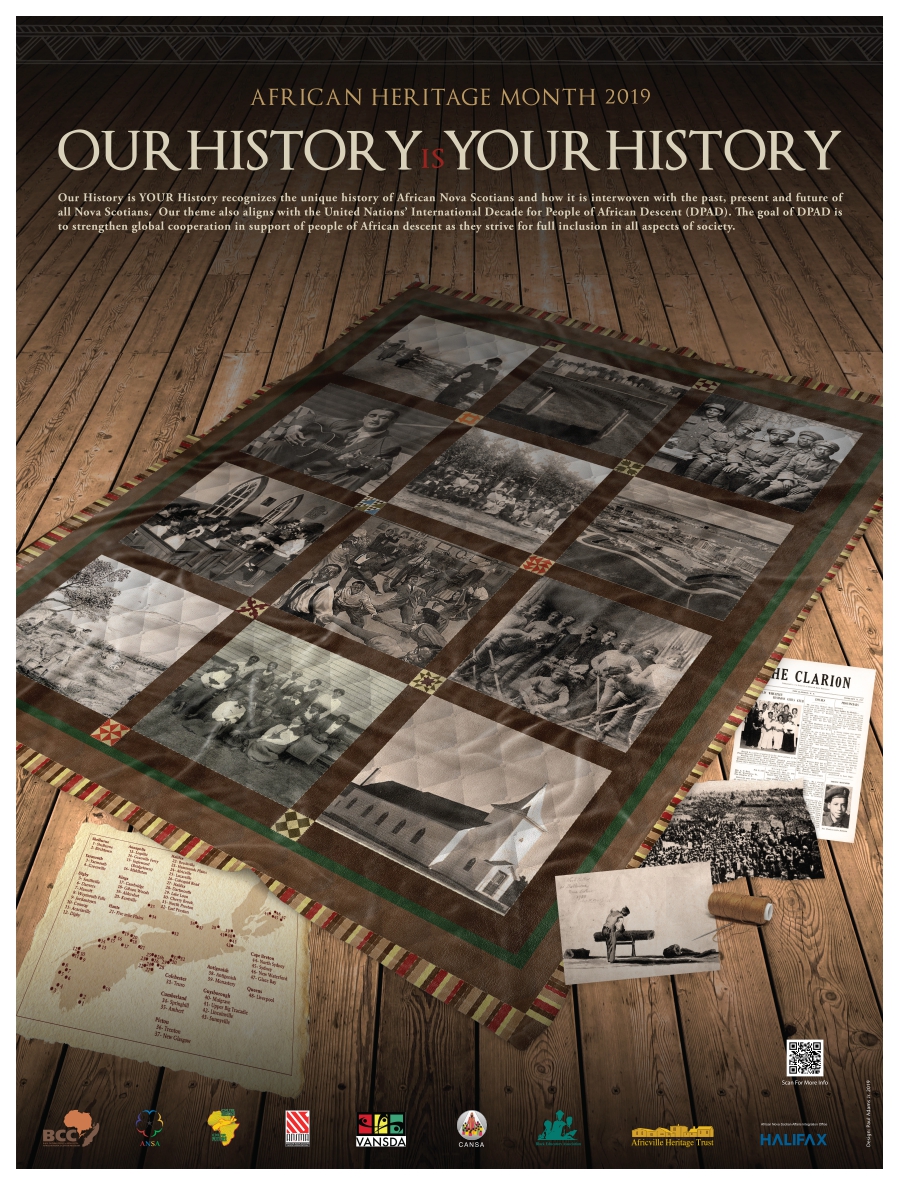
Africville
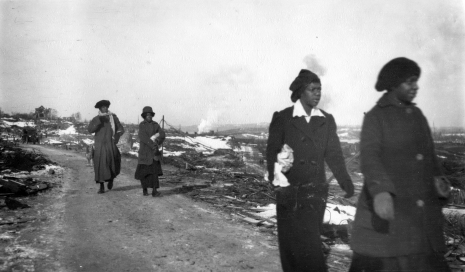
This photo was taken in Africville, following the Halifax Explosion that happened on December 6, 1917. During the explosion, Seaview Baptist Church was heavily damaged and several lives we lost.
Old Burying Ground - Amherst
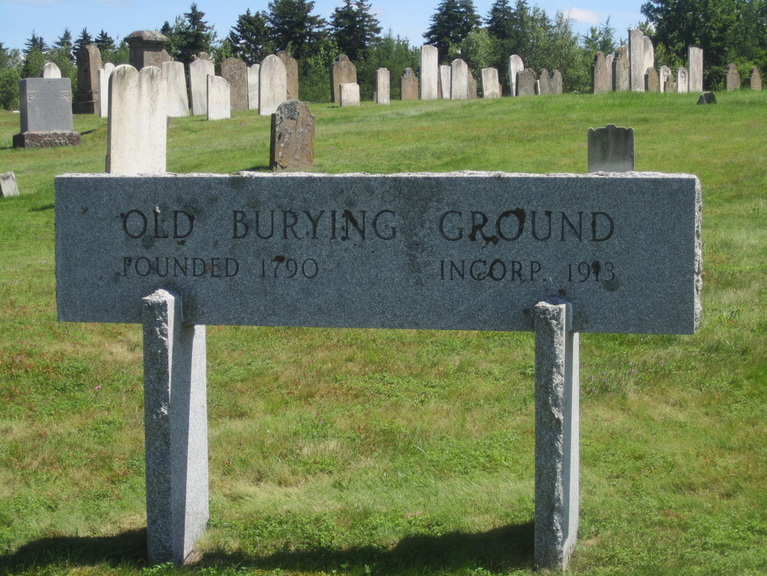
Amherst Black Burial Grounds, Amherst Head – monument was erected in 2000 and designates the location of the first burial ground for persons of African descent in Cumberland Country Area of Nova Scotia.
No. 2 Construction Battalion
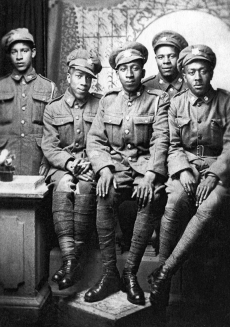
The No. 2 Construction Battalion, was Canada's first and only segregated all Black regiment in WWI. Formed in 1916 this battalion was over 600 men strong with over half being from Nova Scotia. After being told there was no place for them in Canada's Military the Battalion was formed so that they could serve.
The Singing Miner
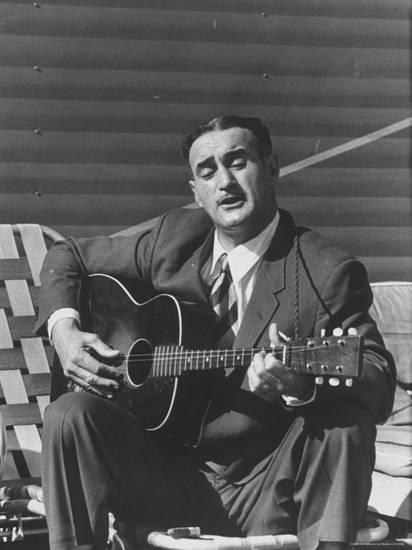
Maurice A Ruddick, from Springhill, NS was an African Nova Scotian miner and a survivor of the 1958 Springhill Mining Disaster, an underground earthquake, or "bump" as the miners call it, in the Springhill mine in Cumberland County, Nova Scotia. He is credited for keeping the spirits of the trapped miners high by singing.
New Glasgow
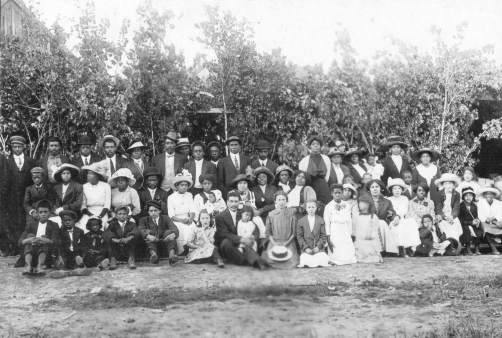
The African Nova Scotian community in New Glasgow goes back many generations. Most are descends of the Black Loyalists who settled in the Guysborough area in the 1780s. The photo is of a community gathering at Second Baptist Church taken around 1911.
Citadel Hill
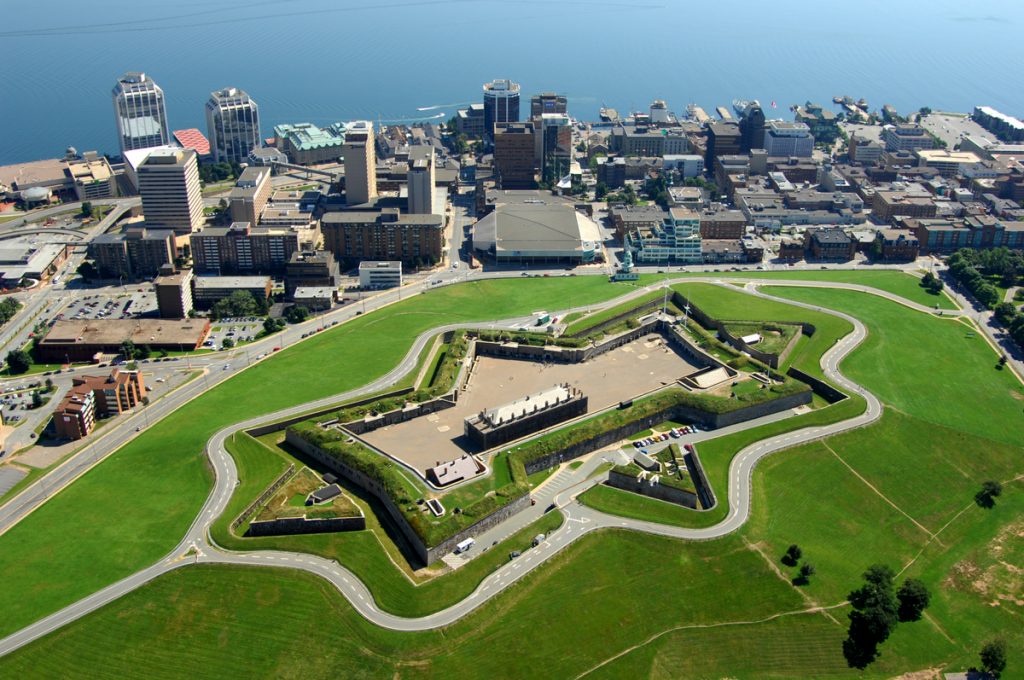
The second largest migration of Black to Nova Scotia were the Trelawney Maroons from Jamaica. The Maroons were a determined group of freedom fighters. They joined Nova Scotia militia units and to part in major building projects in Halifax as the third Halifax Citadel and Goverment House.
Beechville Baptist Church
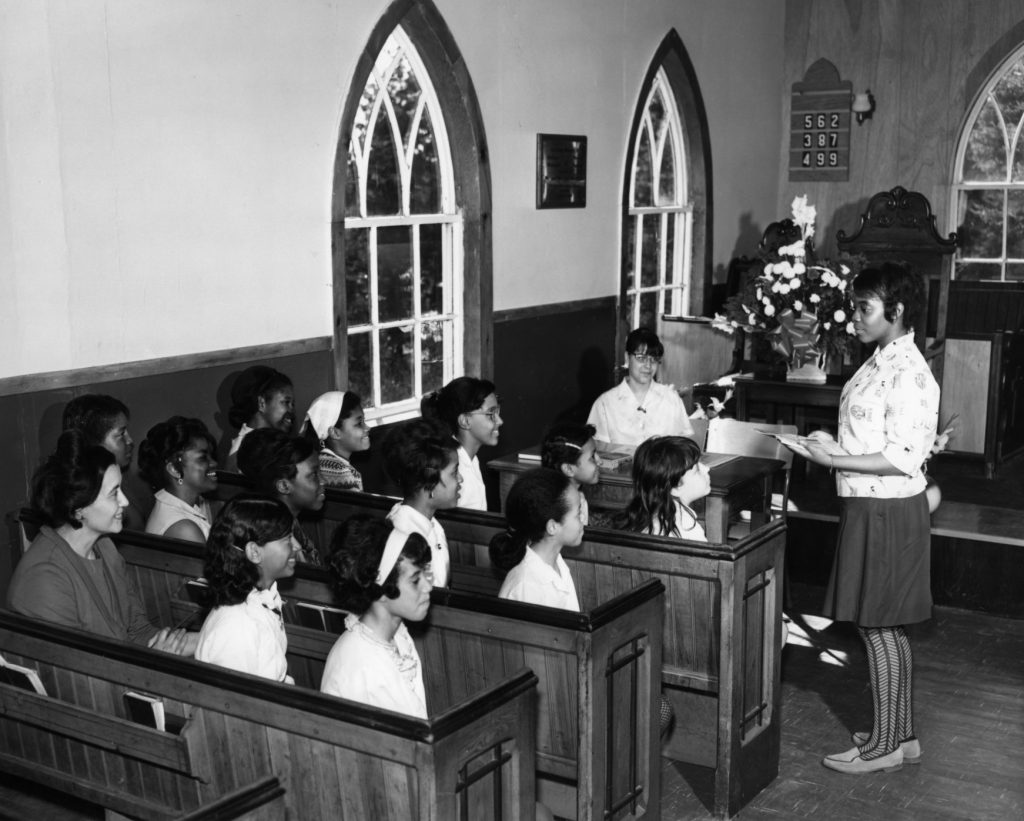
Throughout history the Church has played a major role in the African Nova Scotian Community. This photo is of the "old" Beechville Baptist Church from the 1950's during a girls youth group session.
Glace Bay UNIA Hall
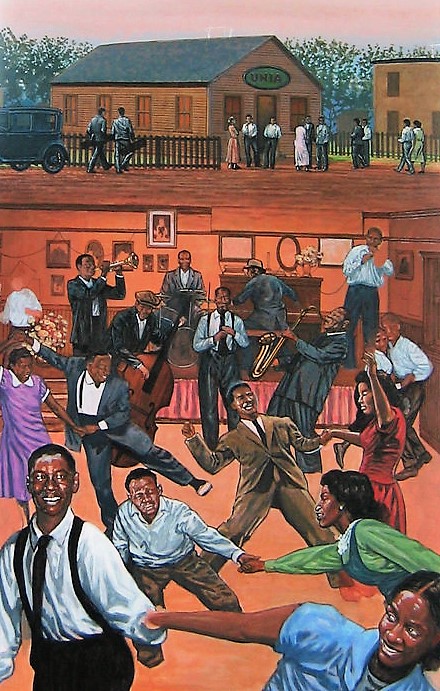
The Glace Bay Universal Negro Improvement Association (UNIA) Hall is valued for its associations with the history of the Universal Negro Improvement Association and the Black community of Glace Bay; and as the current home to the UNIA Cultural Museum. The hall was built in 1918 in response to the movement started in 1914 by publisher and activist Marcus Garvey. Garvey, originally from Jamaica, became an internationally known promoter of social, political, and economic freedom for Blacks. In 1914 Garvey founded the Universal Negro Improvement Association in Jamaica. Historically, the building served the needs of the UNIA and as a community centre for the Black residents of the Glace Bay area. Early in its existence the hall served as a hotel for workers who came from the West Indies to work at a near-by coal mine.
Coloured Hockey League of the Maritimes
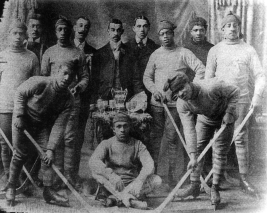
The Coloured Hockey League was an all-black ice hockey league founded in Nova Scotia in 1895, which featured teams from across Canada's Maritime Provinces. The league operated for several decades lasting until 1930.
Harold Cromwell
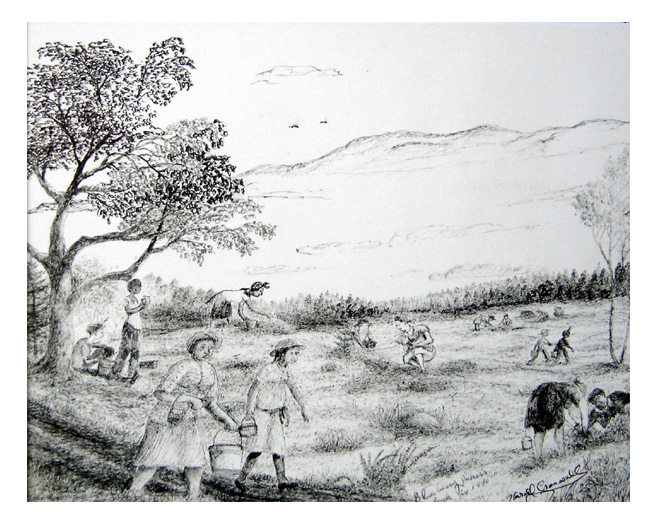
Harold Cromwell was an African Nova Scotian artist from Weymouth, Nova Scotia. Cromwell began sketching while in a military hospital recuperating from wounds received during the Second World War. He tried working with oils and water colours, but soon made the switch to what he is most famous for today, folk art done with pencil and pen and ink. Harold's work was done on any available scrap paper and sometimes even paper plates. A few pieces were done on wooden plates. Most of his drawings are about life in Weymouth and Weymouth Falls as he remembers it.Cromwell captured scenes on paper for over six decades which documented the social and historical aspects of his home in rural Nova Scotia.
Congress of Black Women of the AUBA
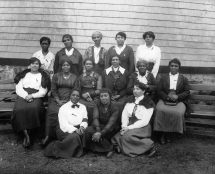
The photo from around 1920s taken outside of the St. George's Anglican Church is Halifax was from the First Congress of Black Women of teh African United Baptist Association (AUBA). Women in teh African Nova Scotia communities have been pillars of strength and leadership over the generations.
Tracadie United Baptist Church
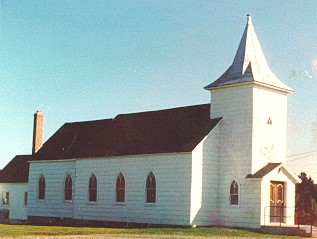
Tracadie United Baptist Church is a historical fixture of the small black community of Upper Big Tracadie celebrating 196 years in 2019. Thomas Brownspriggs, a relatively well-educated black man, came to Upper Big Tracadie to act as a teacher and lay preacher. It was not until 1821 that a Baptist minister, Rev. David Nutter, from Kidderminister, England, visited the community and found a small group of people worshipping in a farmhouse. Tracadie United Baptist Church is recorded as being the second oldest church in the African United Baptist Association (AUBA).
The Clarion
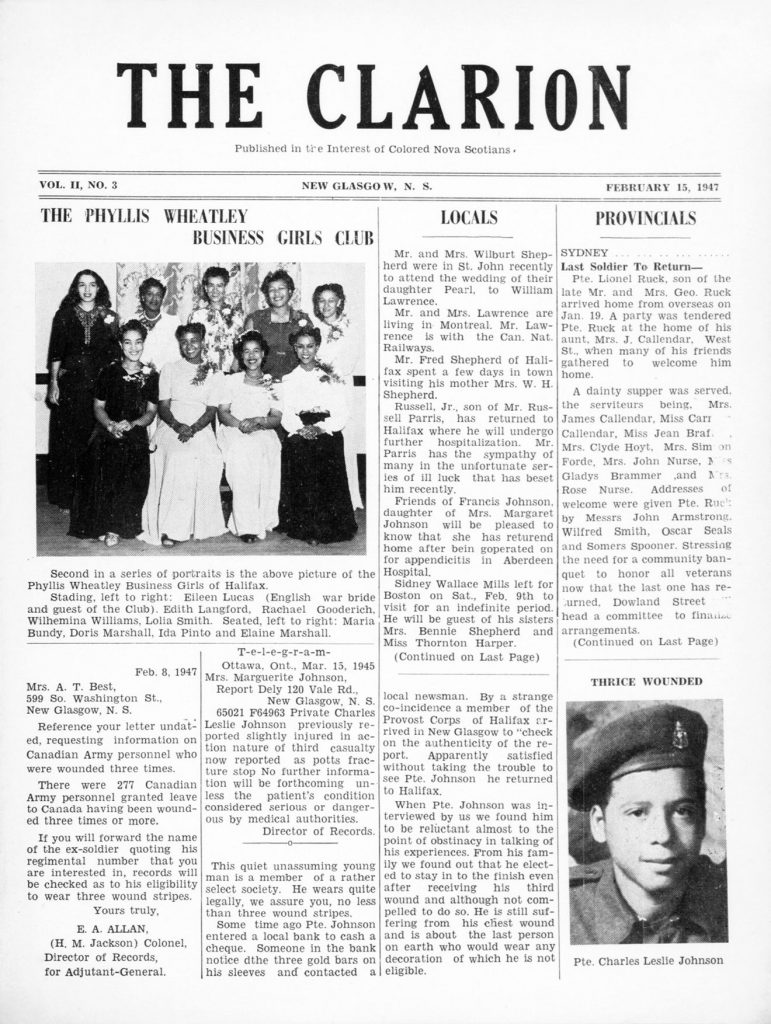
Dr. Carrie Best, born in New Glasgow, N.S. in 1903, was said to have written her first poem when she was just four. She grew up to become a writer, publisher and broadcaster. She was unafraid to call out the racial injustices she witnessed in her lifetime. In 1946, Dr. Best founded the newspaper “The Clarion” this paper was a chronical and paper of record that exposed racism and shared the lives of Africa Nova Scotians.
Nova Scotia Home For Colored Children
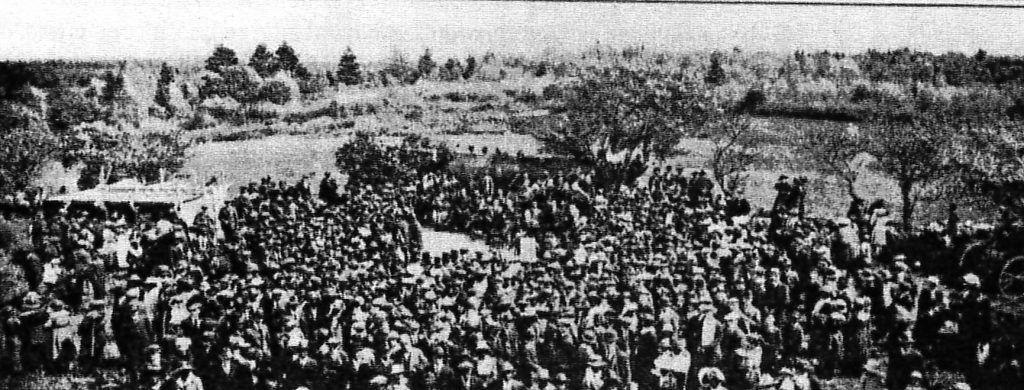
This photo is from the official opening of the Nova Scotia Home for Colored Children on June 6, 1921. Hundreds were in attendance to celebrate teh opening of an orphanage to meet the needs of African Nova Scotian children.
The Black Loyalists
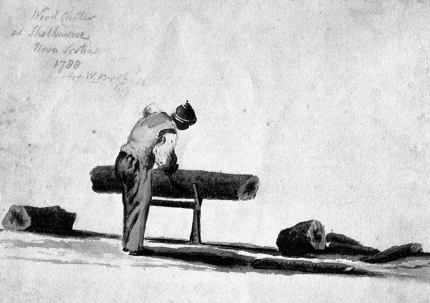
1783-1785. The single largest group of people of African descent ever to come to Nova Scotia arrived in a two-year period at the end of the American Revolution. These were the Black Loyalists. They were Blacks in the American colonies who opted to side with the British during the United States’ war for independence because the British offered protection, freedom, land and rations in return for support. When the war ended in 1783 New York was the last British-held port. It became the embarkation point for thousands of Loyalists, Black and White. British officials drew up a detailed list of all the Blacks who were leaving. That list, the “Book of Negroes”, stated whether the person was free, a slave or an indentured servant, and what their military service had been.
